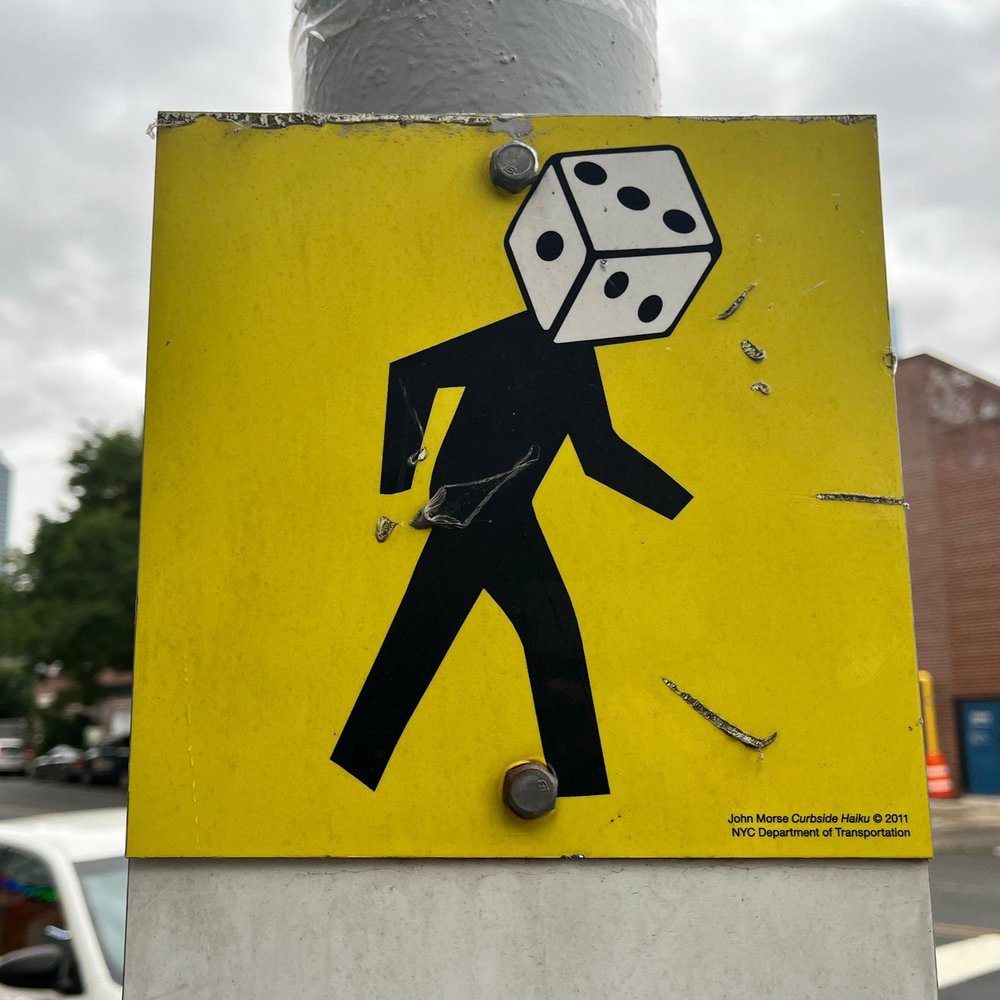https://www.quantamagazine.org/how-and-why-computers-roll-loaded-dice-20200708
In this article we can learn how computers have dealt with the task of simulating random generation, and about a new method that makes them better in the attempt to get closer to “true real chance”"
Here are some paragraphs from the article, it’s definitely worth reading , as it explains also the reach and real applications that random generation has in our current global reality, WAY BEYOND ART AND GAMBLING!
Randomness is a trickier concept than it seems. In sequences of random numbers, where there’s no discernible pattern, every digit has the same probability of showing up. Pi itself is not a random number, for example, but the digits of pi are believed to be random in this way (what mathematicians describe as “normal”): Every integer from 0 to 9 appears about the same number of times.
Even though you can find a “random number generator” in Google, pure randomness is not what you get. Today’s processors, search engines and password generators use “pseudorandom” approaches that are close enough for most purposes. They’re generated according to complicated formulas, but in theory if you knew the formula, you could likely predict the sequence.
Scientists have tried to build actual randomness into machines for at least 80 years. (Before then, random numbers came from old standbys like rolled dice, numbered balls picked from a well-mixed bag or other mechanical exercises. In 1927, a statistician sampled census data to produce a table of 40,000 random digits.)
“"FLDR makes the Knuth-Yao algorithm efficient and suggests ways to improve a wide swath of applications. Climate change simulations, crop yield predictions, particle behavior simulations, financial market models and even the detecting of underground detonations of nuclear weapons depend on random numbers in weighted probability distributions. Random numbers also form the backbone of cryptography schemes that protect data sent over the internet. “



